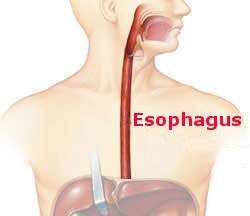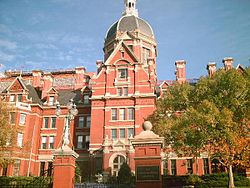Less is more…beneficial.
For years surgeons had only one option for an operation to provide access to internal organs: open surgery performed through a usually generous incision through skin and muscle. In a chest operation the access procedure to get inside a chest is called a thoracotomy. It begins with an incision through the skin and muscle of the chest wall. Next the muscle connecting two ribs is cut, sometimes part of a rib is removed, and the ribs are spread apart with a metal retractor. This exposes the chest structures and works well for the surgeon and allows for unimpeded operations. The outcome of these open thoracotomies is typically a successful procedure. However, the patient must endure significant pain afterwards. The cause is related to the incision of skin and muscle and, in large part, because spreading the ribs apart traumatizes the chest nerves that accompany them.
An increasingly popular alternative is minimally invasive surgery, called thoracoscopy, performed through several small skin incisions. No muscle is cut and ribs are not spread. Long instruments are passed through the incisions as is a video camera whose image is displayed on multiple screens in the operating room. Surgeons were initially concerned that injury to a blood vessel might be impossible to visualize as the blood coated the small lens. In the time it would take to open the chest the patient could go into shock or, worst case scenario, even expire. Experience has demonstrated that thoracoscopy is safe and provides operative outcomes as good as obtained with open surgery. The benefit is much less pain for the patient while they recover and a quicker ability to return to an active life and work.



